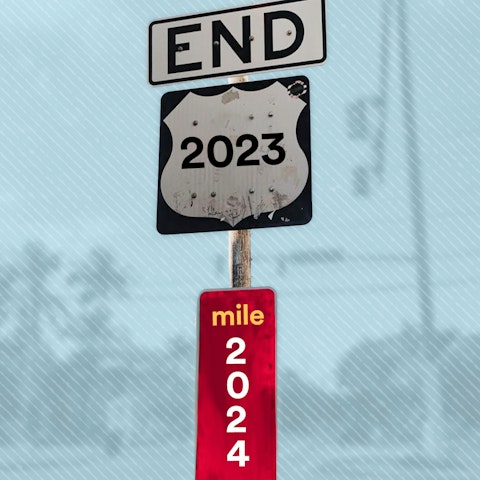This is a story about building and construction. It’s a story about people with disabilities. It’s a story about thinking more expansively about how we as an industry can approach ADA rules—with joy and vigor that goes beyond mere compliance.
But it starts with a story about my son.
Sixteen years ago, I became a mom for the second time.
Just as I had with my daughter, I gazed at his tiny new face and envisioned what his life would be like from that day forward: growing up, having tons of friends, playing sports (football or hockey, I hoped), going to prom, college, getting a job, and someday marrying and having kids.
But shortly after his birth it became obvious that those dreams may turn out a bit differently.
We cycled in and out of the hospital. A visit to one specialist would lead to a visit with another specialist. So many specialists: genetics, neurology, GI, ENT, cardiology, ophthalmology, endocrinology, behavioral pediatrician, his regular pediatrician, and many others. So many diagnoses: ADHD, autism spectrum disorder, sensory processing disorder, OCD, ODD, hypotonia, and many congenital malformations that had to be corrected by surgery.
So many unanswered questions. So many partial answers. So many puzzle pieces that didn’t, and still don’t make, a picture. This journey felt so lonely, as if I was the only parent on it, because we could never get an official overall diagnosis. And while his autism diagnosis finally came at age 13, I still don’t know how the puzzle fits together. And I’m okay with that.
All the while, I was trying to find some activity or group that would allow my son to have the same type of experiences his sister was having. When he was seven, a friend who also had a special needs child told me about our local Challenger Baseball League in Mason, Ohio and encouraged us to sign up.
Challenger Baseball is division of Little League Baseball and Softball. It allows kids and adults with physical and developmental delays to play baseball adapted to their abilities. The organization is completely run by volunteers: board members, coaches, assistant coaches, parent helpers, local high school and college-age students who help players during the game, Adopt-A-Teams (local groups who sign up to come and cheer on our teams), photographers and so many others.
Around 2020, the city of Mason approached the Mason Challenger League regarding building two adapted baseball fields.
The city was constructing an inclusive playground which allows kids and adults of all abilities to play together and had set aside land for baseball fields. Officials were aware of our league and wanted to add to the breadth of inclusivity in their existing park plans.
During the first few meetings, our board members met with the city as well as the field architects to discuss what was important for our players to be able to play on these fields without barriers. What was remarkable about these conversations was that they were looking for items beyond what was needed to just be ADA complaint. What type of surface for the field and outfield would be best for our kids? What should access on and off the fields look like? How big do the dugouts need to be to ensure all players, coaches and buddies can fit comfortably? How does the weather – sun and rain – affect our players and are there ways to help them stay cool/dry? What other unforeseen safety issues should be considered?
What came out of that meeting was a wholly inclusive design. It delivered pathways that didn’t have raised obstacles to impede someone in a wheelchair or using a walking device from transitioning from one surface to another. A playing field that stood up to the heavy spring rains and wouldn’t flood or become full of divots, trapping those players using a mobility device. A surface that allowed us to safely play without fear of injury from a ball bouncing off the ground. Enough space in a dugout so a wheelchair/mobility device user can fit and feel like they are part of the team. Stands where families and friends can sit together, including those who are also disabled. A fence around the entire field so parents of children who like to run know their child can do so safely without ending up in the street or parking lot. These types of conversations are game-changing, and I believe the building and construction industry needs more of them. What sorts of innovations could be developed if we approached these challenges with a sense of curiosity and enthusiasm, rather than only obligation?
There is so much room for advancement and growth. During my journey as a parent of a child with a disability one of my biggest struggles has been the unknowing lack of accommodation many places of businesses have. It’s not just the structural ones needed to be ADA compliant (ramps, elevators, automatic doors, counters that are lower for people in wheelchairs, etc.). It is the quiet space needed when someone—kid or adult—gets overstimulated and wants to flee. As a family, we don’t go to professional sporting events because it’s too much for my son—too loud, too many odd smells, too much action/movement of people. We try to hit stores, restaurants, and other places early or late so they are less crowded. And while so many venues are getting better (many museums and theaters have sensory-friendly times), so many are not.
It’s part of the reason why building the adaptive ball fields is so important to me. The effort is ongoing—I’m part of the Mason Challenger League board and co-leading a capital campaign that aims to raise more than $2.5 million for the project (a goal we’re very close to reaching). We’re hoping to be on the new fields by spring 2024.
These fields are being built for the Mason Challenger athletes. The city had the foresight to talk to us and not assume what was needed to ensure the fields would be built in such a manner that all our players could use them. I cannot wait to see these come into fruition—and hope it inspires you to think differently about what it would mean to make the building and construction industry a leader in inclusivity.



